St. Vincent & the Grenadines
Civilization Redefined
Text & Photos by ZUZANA PROCHAZKA
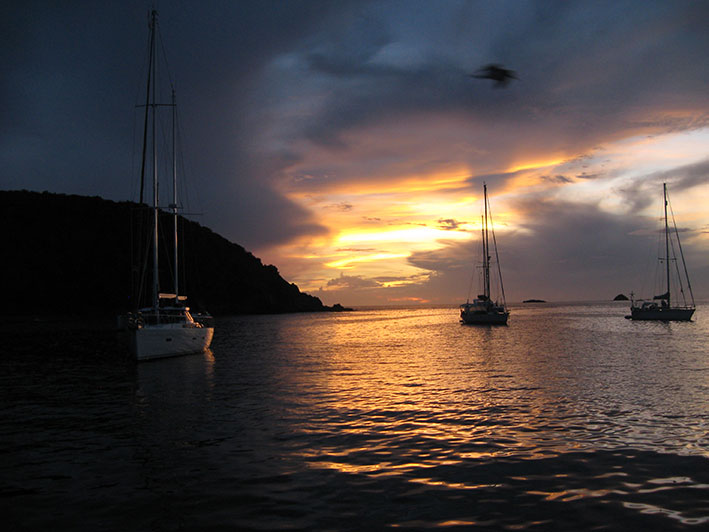

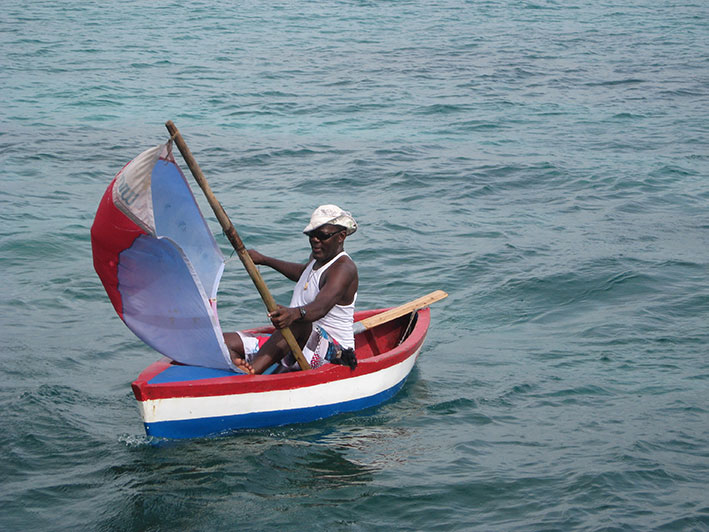
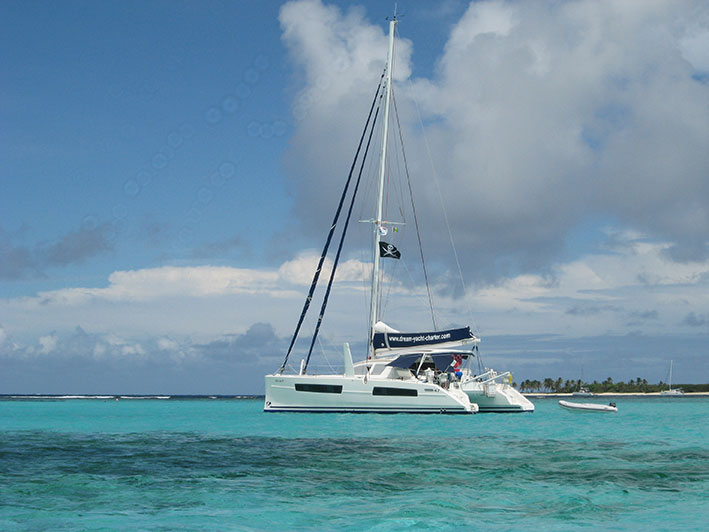
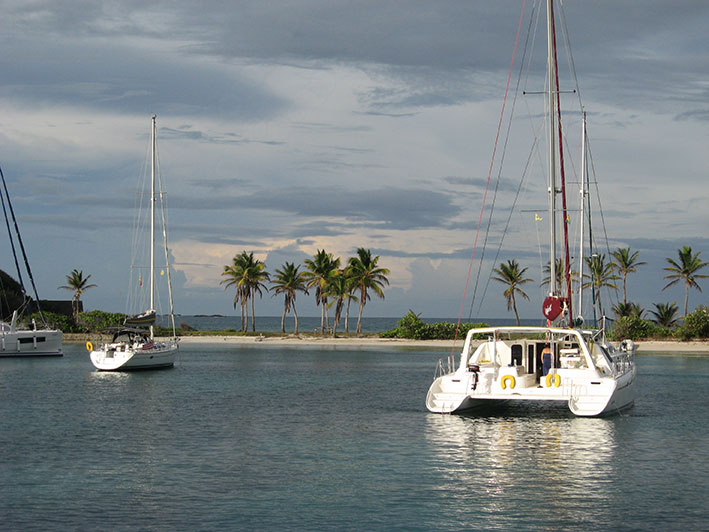
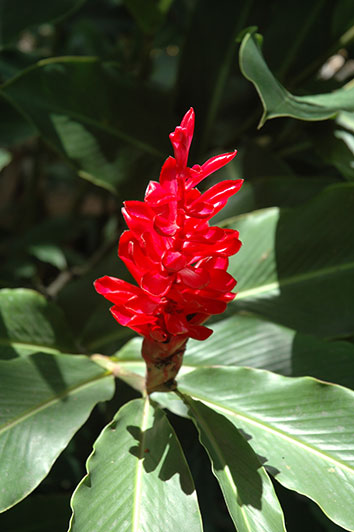

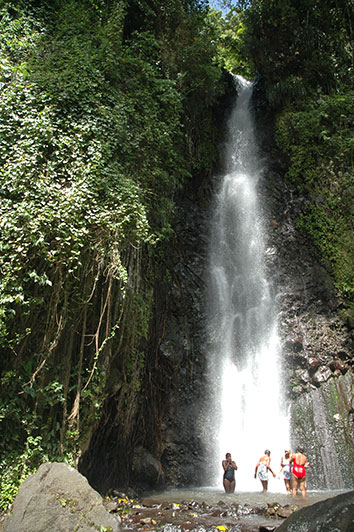
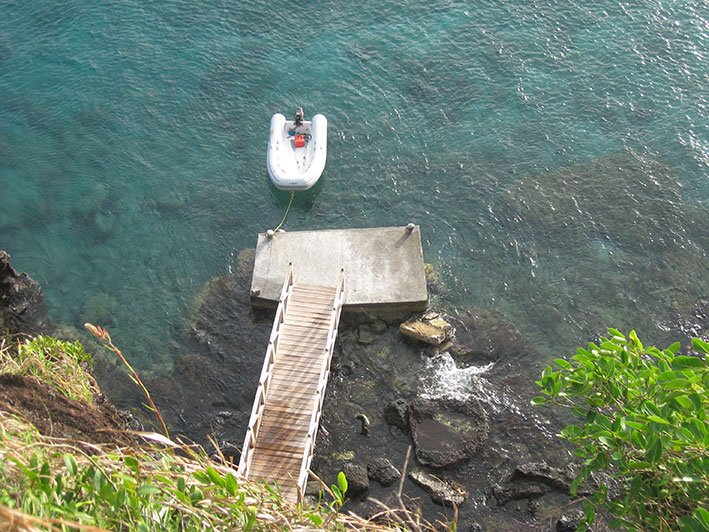

A string of gem-like islands extends between St. Vincent and Grenada in the Eastern Caribbean. Technically a part of the same country as the island of St. Vincent, the Grenadines stretch along 40 miles in a northeast-southwest direction and are so varied one from another, that it’s hard to get the flavor of the entire area in just one visit.
The better known destinations of the Grenadines include Bequia, Mustique, Canouan, Tobago Cays, Mayreau and Union islands, but there are dozens of islets in between with one-boat sized anchorages to drop the hook for a week and set about redefining civilization.
Highlights & History
Although anyone sailing south will find St. Vincent a convenient check-in point and a good place to re-provision, the island is more than just a jumping off point. A day-long taxi tour is a great way to take in the sites including an old fort and a guided tour of the botanical garden with its exotic plants and parrots whose blue, green and yellow plumage was the inspiration for the country’s flag.
A brief version of the region’s history goes like this: When Columbus plied Caribbean waters, St. Vincent was known by its inhabitants as Hairoun, which means “home of the blessed,” and today is also a brand of a popular local beer. Over the centuries, the Eastern Caribbean was settled by various groups like the peaceful Arawak Indians who mostly originated in South America. However, they didn’t fare well against a new group of warlike Caribs who subsequently moved in, killed the men, and kept the women.
Two hundred years after Columbus, Europeans came en masse to settle and embed missionaries who often didn’t stand a chance against the Caribs but were unbelievably persistent. Slave ships from Africa soon followed and some of them wrecked on the nearby reefs but those who survived swam ashore, mixed with the Caribs and created a new group called Black Caribs who, of course, didn’t get along with the original ones.
By this time, the French and British were also waging half-hearted battles over the territory as well as fighting with the Caribs who were fighting each other – in a war-torn melée. The superior technology of the day, like cannons, muskets and ships, prevailed and the Black Caribs were eventually rounded up and shipped to the island of Roatan off the coast of Honduras.
In 1871, St. Vincent, which spent much of its time under French rule, then became a part of the British colony of the Windward Islands. In 1979, it became an independent state within the British Commonwealth.
Clearly, there are a few parts missing in the telling of this simplified history but you can get some colorful versions of local lore when you book a land tour with guides who are sometimes knowledgeable, and at other times imaginative, as they recount their proud heritage.
Sailing South
An easy two-hour sail south from St. Vincent is beautiful Bequia, the largest and northern-most of the Grenadines. First, you must learn to pronounce the name (it’s Bek-way). Second, you’ll be hard pressed to find friendlier people anywhere in the Caribbean than on this English-speaking island where the locals make you feel immediately welcome.
Bequia’s Admiralty Bay provides lots of easy anchoring and moorings off the beach of Port Elizabeth. Here, you’ll find a “boat boy” culture where men and women come out in their small vessels to assist visitors with everything from hooking up to a mooring ball, to delivering fresh baked goods or to hauling away trash. They’re quintessential entrepreneurs and if you take care of them, they’ll take care of you.
A taxi ride to the windward side will take you to Orton “Brother” King who has spent the last 17 years on Bequia tending Hawksbill turtles. He rears hatchlings at his farm until they’re old enough to survive on their own at age three. Who knew that turtles can live to be 200 years old and don’t really mature until age 25? King encourages everyone to interact with his hard-shelled babies. They can not only feel a good back scratching through their shells, but clearly enjoy it and will happily splash about for as long as you care to do the scratching.
From Bequia, it’s an easy 24-mile sail to Horseshoe Reef which surrounds the Tobago Cays and protects the four small islands. Because the Tobago Cays were designated a Marine National Park in 1998, rangers make the rounds and ask for $10 EC (Eastern Caribbean dollar which is about 40 cents US) per person per day, a fair price for the upkeep of the place.
There are few distractions here and no nightlife so the Cays are about bringing your snorkeling gear, a couple of books and a cooler with beer, and forgetting the world for a while. The snorkeling is sublime and the reef provides mostly protected water. There is even a roped-off turtle sanctuary where turtles feed on the grass only 8-10 feet below the surface, and you can hear them munch as they graze.
Enterprising locals come by in the early morning to bring croissants, handcrafts and jewelry. For evening entertainment off the boat, have them organize a beach barbeque that usually features grilled fish, rice, vegetables and rum punch. The conch chowder is out of this world.
Scenes from “Pirates of the Caribbean” and “Dead Man’s Chest” were filmed in the Cays so if you take your camera and stroll the various beaches, you might find a few angles that look like Johnny Depp’s Captain Jack Sparrow is about to come swaggering around the corner.
From the Cays, 900-foot Mt. Parnassus on Union Island, looms on the horizon, a scant three miles away. The island’s main town of Clifton provides great shopping with an open-air produce market and several grocery stores including one that sells gourmet coffee, chocolate and bread. A sundowner at Janti’s Happy Island is not to be missed. It can only be reached via dinghy because it was built on the reef out of thousands of conch shells gathered by Janti, the owner. When again, will you be on an island created entirely by an enterprising local?
On the western side, Chatham Bay is a large cove with a long beach dotted by many shack restaurants including Shark Attack that advertises “Figure Licking Good Food.” Who could resist a rum punch in a place with a name like that?
Once is Not Enough
The Grenadines differ from one another like snowflakes but each is postcard perfect, which is why once is not enough when visiting these quintessentially Caribbean cruising grounds. It’s easy to start planning the next visit before the first one is done just to sip a Hairoun beer, scratch a happy turtle’s back or rethink the meaning and, possibly the appeal, of civilization.